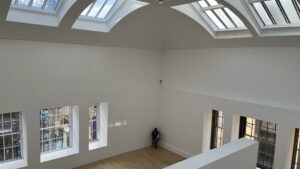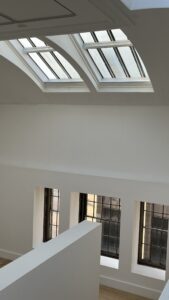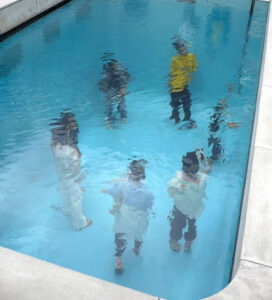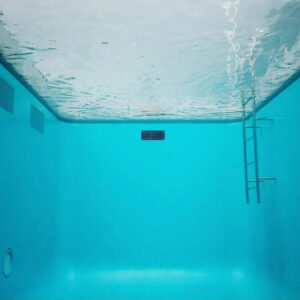On Tuesday, we visited Talbot Rice Gallery, the public art gallery of the University of Edinburgh. The excellent exhibitor James Clegg gave us a presentation on the design of the gallery space and led a workshop. I benefited greatly.
Through James’s presentation, I learned how important “space” is to the artwork. At first, we were in a space with a lot of natural light. But the space was not an array of artworks, just an empty room full of bookshelves. As we walked inside, we could hear the sound of our shoes rubbing against the floor. At the same time, it takes a lot of effort to talk in this space, because its floor overhang is very high and echoes a lot. This is an old building with a certain history, so it does not meet the requirements of various artworks for lighting. And the equipment is relatively old, which is not conducive to the preservation of artworks.


Artwork is not a single art object, but a physical expression of the artist’s emotions. Therefore, an all-round display of artworks is one of the important requirements for the presentation of artworks. Therefore, “lighting” is particularly important for the exhibition of artworks.
When we visited the gallery, I was impressed by the exhibition of the famous Chinese artist Qiu Zhijie. Its exhibition area is in a dimly lit space. Small spotlights are used throughout the space to show the details of the works. It allowed the audience to be more engaged in appreciating the artwork rather than being attracted to the artistic environment. At the site, I noticed that the venue had flashlights that were distributed to view the artwork. It enables the audience to capture the details of the artwork.
Also, the turn of the wall shared light affects the artwork to some extent. On the second floor of the gallery is an area where video images are shown of the area. On the one hand, the walls are dark in color to circumvent the effects of natural light and reflected light. On the other hand, the entire space creates a quiet video environment in which the viewer can be more immersed.
Finally, we prepared an exhibition under the guidance of James. It took us a long time to choose the theme. Because the theme is the soul of the exhibition, it guides our curatorial direction. However, I think the theme is open and does not matter right or wrong.
What struck me was the curatorial direction proposed by my classmate Nuanxin: “Real.” We discussed “The Swimming Pool”, a classic work by Argentine artist Leandro Erlich. The swimming pool appears to be bottomless when viewed from below, but the actual water only unfolds on transparent glass at a depth of 10cm. Below the surface of the water is an aquatic space and standing at the edge of the pool, you can see the shifting shadows of people walking around in it as if they were walking in water. — “Seeing is not always believing.”


A complete curation requires more than themes and artists. Budget is also an aspect that curators need to consider. The curator needs to lay out the curation with precision while controlling the budget. Therefore, curators need to fully consider every curatorial detail.


Leave a Reply